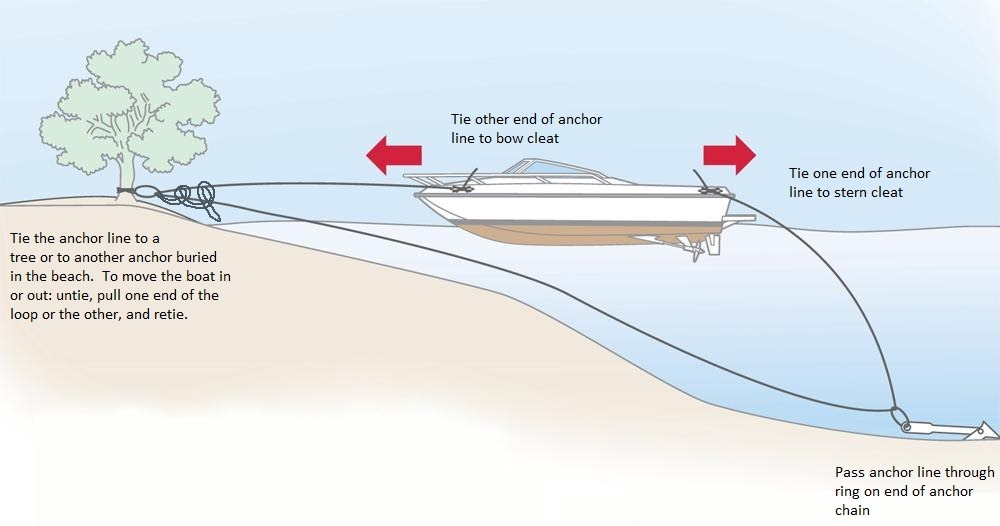From Scratch to Splash: Building a Fishing Boat the Easy Way
Constructing a fishing boat, even a smaller vessel, might seem an insurmountable task for the novice builder. However, with careful planning, appropriate resources, and a methodical approach, the process can be surprisingly manageable. This comprehensive guide outlines the steps involved in building a functional fishing boat from the ground up, emphasizing ease of construction and accessibility for amateur boat builders.
Phase 1: Design and Planning
Before any construction begins, a thorough design and planning phase is crucial. This phase sets the foundation for the entire project, determining the boat's success and minimizing costly mistakes later on. Rushing this stage often leads to significant problems down the line.
1.1 Defining Requirements and Specifications
The initial step involves clearly defining your needs and expectations for the boat. Consider the following factors:
- Boat Length and Beam: Determine the ideal size based on your fishing needs, intended water conditions, and storage capabilities. Smaller boats are simpler to build but offer less space and stability.
- Hull Type: Selecting the appropriate hull type is vital. A simple flat-bottomed hull is easier to construct than a more complex V-hull or displacement hull. However, V-hulls offer superior performance in rough waters.
- Material Selection: The choice of material significantly impacts the construction process and the boat's longevity. Marine-grade plywood is a popular choice for its affordability and ease of workability, while fiberglass offers superior durability but requires more specialized skills and equipment.
- Power System: Decide whether the boat will be powered by an outboard motor, an inboard motor, or be a non-motorized rowboat. Outboard motors are generally simpler to install and maintain.
- Intended Use: Consider the specific type of fishing you will undertake. This influences factors like deck layout, storage space, and the inclusion of features such as rod holders or livewells.
1.2 Selecting Suitable Plans
Once the specifications are finalized, acquire detailed boat plans. Numerous reputable sources offer pre-designed plans for various boat types and sizes. These plans provide crucial dimensions, material lists, and step-by-step instructions. Ensure the chosen plans align precisely with your requirements and skill level. Consider purchasing plans from established boat building suppliers to ensure accuracy and completeness.
1.3 Gathering Materials and Tools
A comprehensive material list is essential. Accurate quantities of wood, fasteners, epoxy resin, fiberglass cloth (if applicable), paint, and other necessary components must be procured. Similarly, assembling the appropriate tools beforehand streamlines the construction process. Essential tools include:
- Measuring and Marking Tools: Tape measure, square, pencil, marking gauge.
- Cutting Tools: Circular saw, jigsaw, hand saw (for finer work).
- Joining Tools: Clamps, screws, bolts, epoxy resin and hardener, caulking gun.
- Finishing Tools: Sandpaper (various grits), paintbrushes, rollers.
Phase 2: Hull Construction
This phase forms the core of the boat-building process. Accuracy and precision are paramount to ensure the structural integrity and seaworthiness of the vessel.
2.1 Frame Assembly (if applicable)
For some designs, particularly those employing plywood, a frame or skeleton is constructed first. This provides a strong base for attaching the hull planks. Follow the plans meticulously, ensuring accurate measurements and secure joints. Properly attaching the frames provides the backbone of structural support for the boat.
2.2 Hull Planking
The hull planks are attached to the frame (or directly to each other in simpler designs). This requires careful attention to detail, ensuring proper alignment, tight joints, and secure fastening. Use marine-grade adhesives and fasteners to resist water damage and ensure durability. Proper planking is essential to create a watertight and robust hull.
2.3 Epoxy Coating and Fiberglass (optional)
For enhanced durability and water resistance, consider applying an epoxy coating to the hull. For increased strength and protection, fiberglass cloth can be added, layered with epoxy resin. This process requires careful attention to detail to avoid air bubbles and ensure a smooth, even finish. Fiberglass reinforcement significantly increases the boat's structural integrity and resistance to impacts.
Phase 3: Deck and Superstructure Construction
Once the hull is completed, focus shifts to the deck and any superstructure, such as a cabin or raised seating area. This phase requires precision and attention to detail to ensure a functional and aesthetically pleasing vessel.
3.1 Deck Construction
Construct the deck using the specified materials, typically plywood or fiberglass. Ensure a secure and watertight connection between the deck and the hull. This often involves using sealant and appropriate fasteners.
3.2 Superstructure (if applicable)
If your design includes a cabin or other superstructure, build it according to the plans. Pay close attention to waterproofing and structural integrity. The superstructure adds complexity to the construction but provides additional features and protection.
Phase 4: Finishing and Launching
The final phase involves refining the boat's finish, installing essential components, and preparing for the launch.
4.1 Finishing Touches
Sand the entire boat thoroughly to ensure a smooth surface. Apply several coats of marine-grade paint or varnish for protection against the elements. This step significantly contributes to the longevity and aesthetic appeal of the finished product.
4.2 Component Installation
Install essential components such as seats, oarlocks (if applicable), navigation lights, and any other desired features. Install the motor (if applicable) according to the manufacturer's instructions. Ensure all electrical components are properly wired and waterproofed.
4.3 Launching and Testing
Carefully launch the boat, following safety procedures. Test the boat thoroughly in calm waters to identify and rectify any issues before venturing into more challenging conditions. A thorough test run is critical to ensure seaworthiness and identify any potential problems.
Building a fishing boat from scratch is a demanding but rewarding endeavor. By following these steps, maintaining meticulous attention to detail, and prioritizing safety, even novice builders can achieve their goal of crafting a functional and durable vessel. Remember that consulting experienced boat builders or joining relevant online communities can provide invaluable support and guidance throughout the process.


























